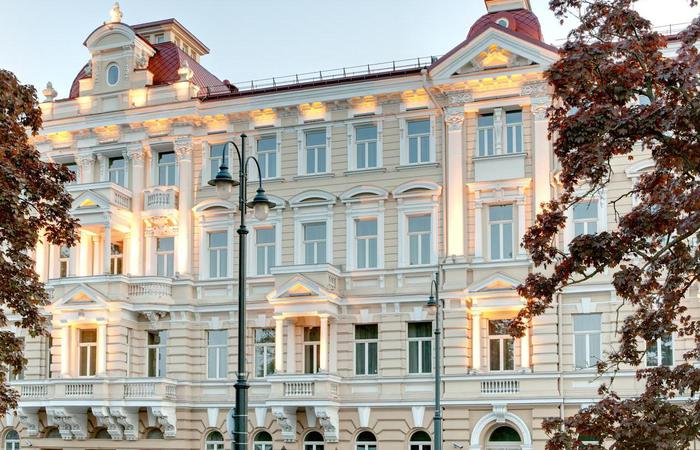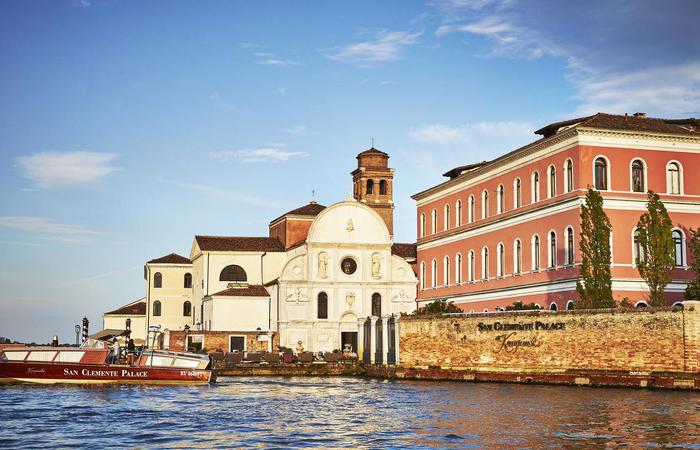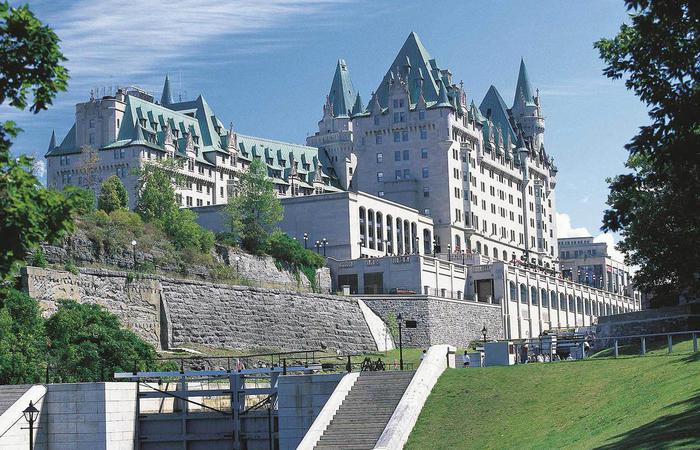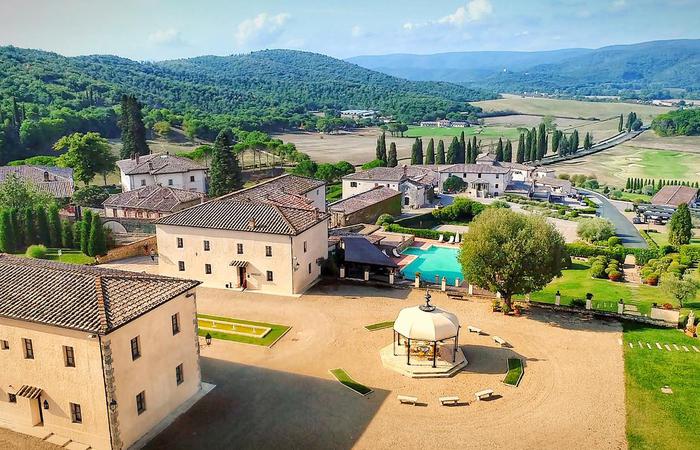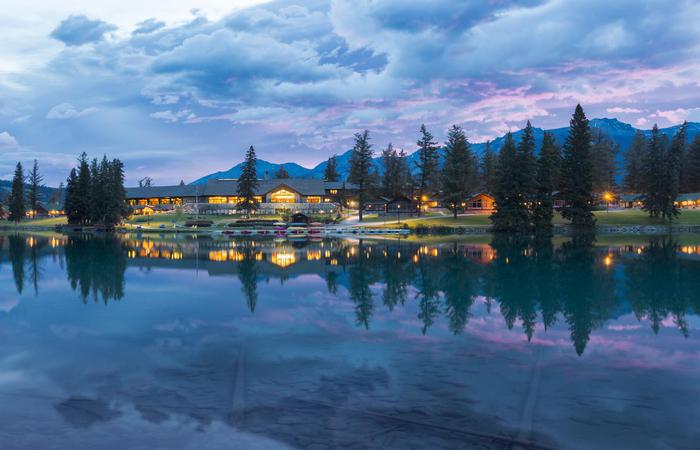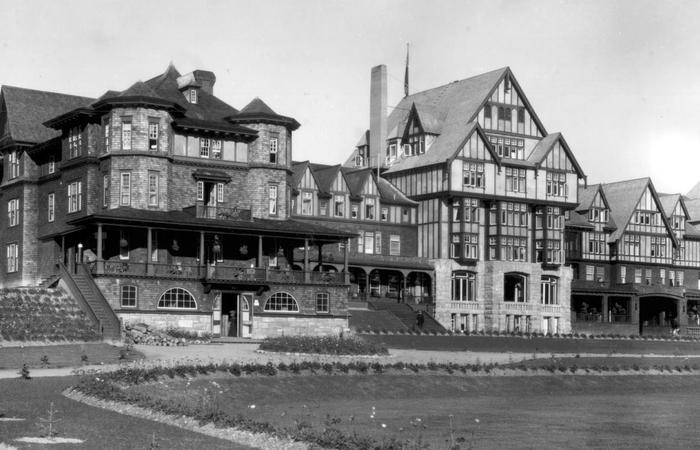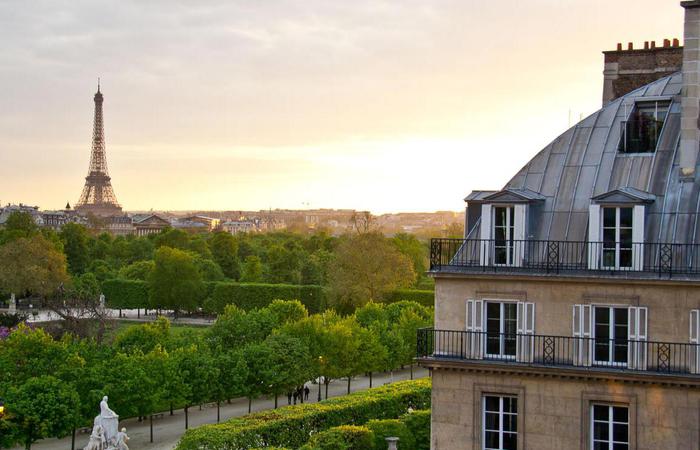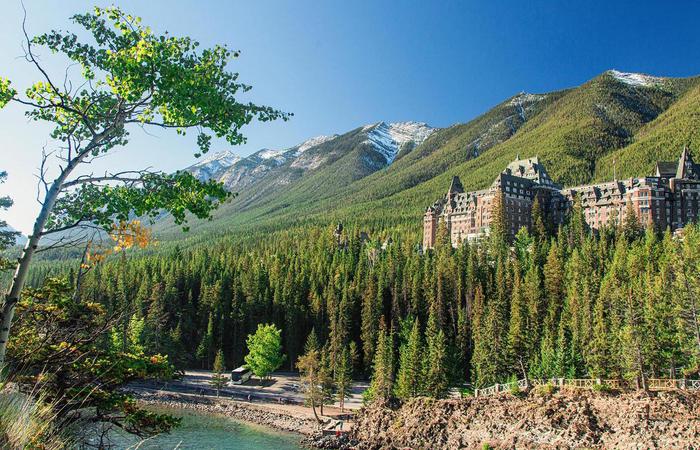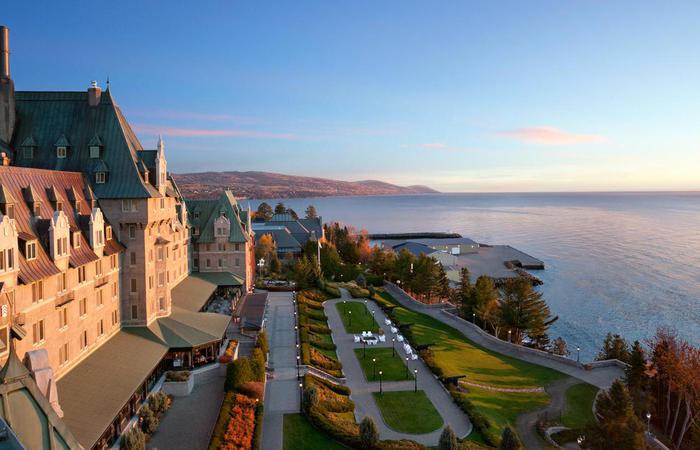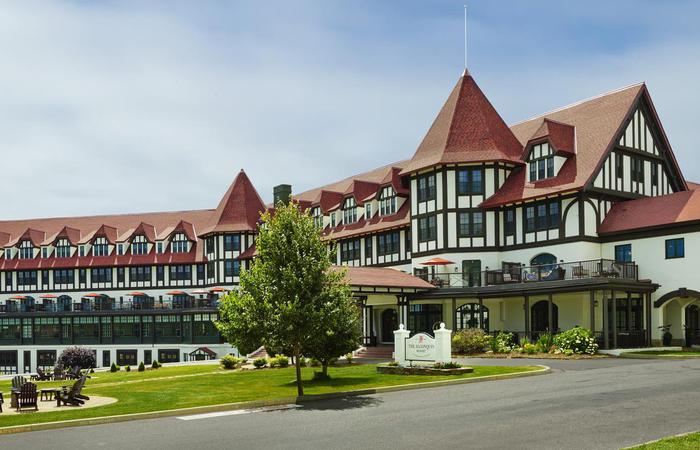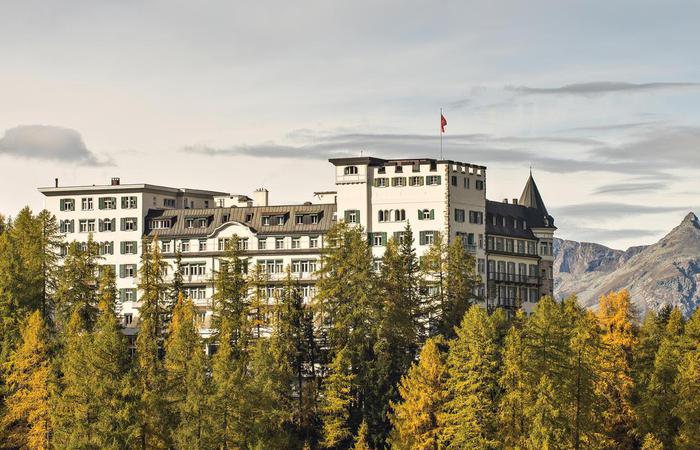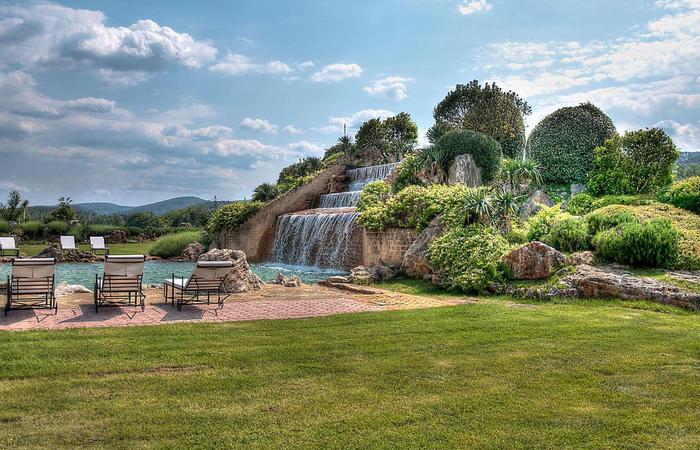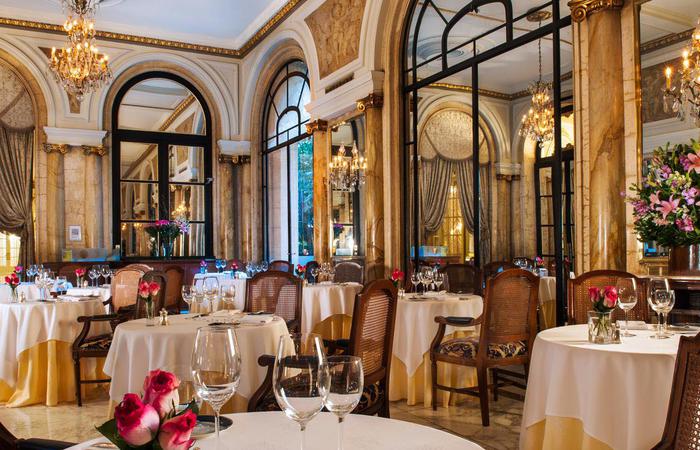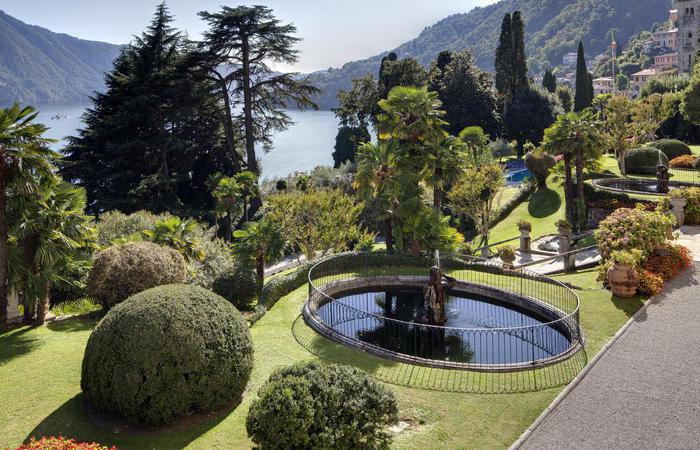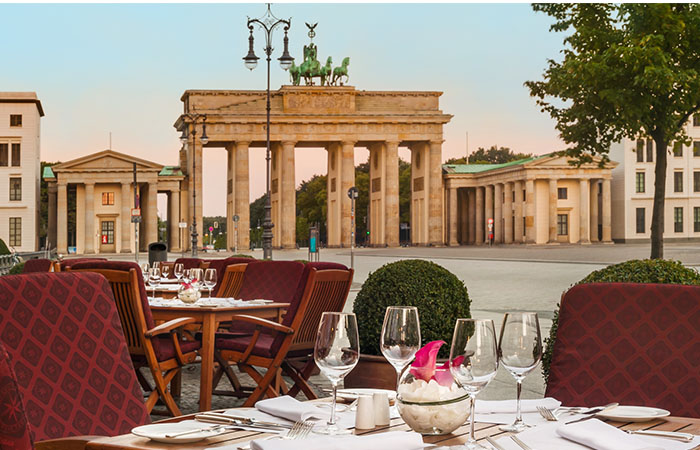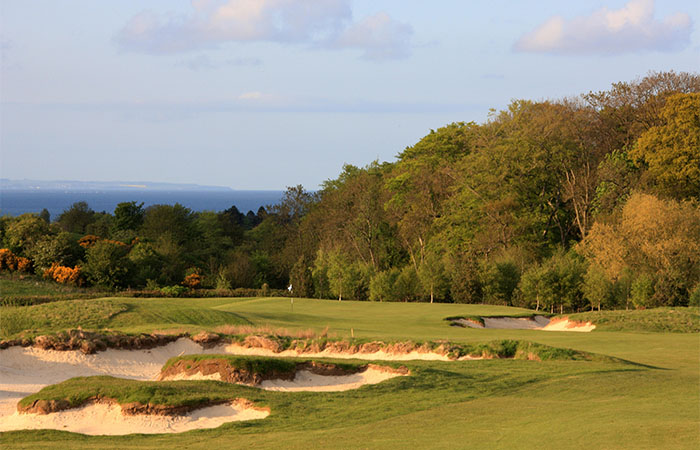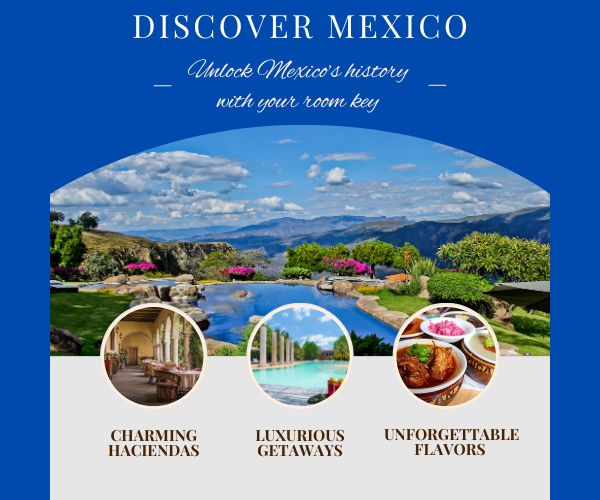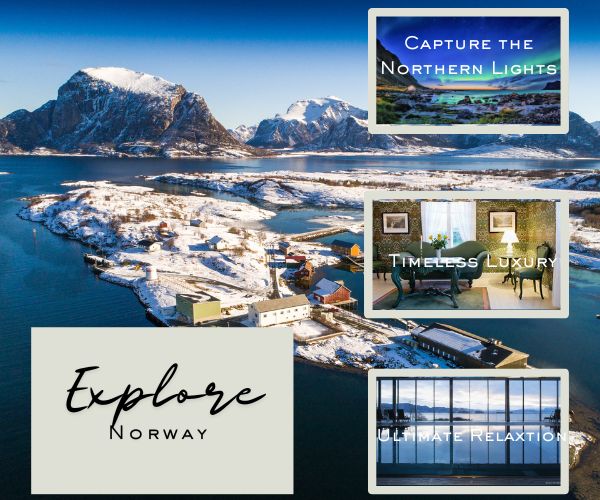Receive for Free - Discover & Explore eNewsletter monthly with advance notice of special offers, packages, and insider savings from 10% - 30% off Best Available Rates at selected hotels.
history
Discover Flatheim, a fully functioned Norwegian farm located along the incredibly fascinating National Scenic Route.
Flatheim, a picturesque retreat located in the heart of western Norway, is more than just a place to stay—it is a testament to the fascinating cultural tapestry of the area. Specifically situated along the National Scenic Route over the Gaularfjellet mountain in Vestland, Flatheim offers a unique blend of natural beauty and historical significance. The story of this magnificent getaway started when Selma and Jens Vallestad established a bus stop (and an accompanying gas station) on the site in 1949. Central to the bus stop was a small guesthouse known as the “Hoff Pensjonat,” which the Vallestads had constructed in the middle of their verdant farm. Recognizing the growing interest in heritage travel to the region, both Selma and Jens hoped the setting of the nascent inn would appeal to those many new tourists. Furthermore, the Vallestads were eager to share the story of their historic farm, which still included several wonderfully preserved agricultural buildings on-site. (The most impressive structure was a masterfully restored log cabin that dated back to the 16th century.) The decision proved to be a wise one, for the Hoff Pensjonat quickly emerged as one of the most popular points in the area. In fact, this popularity remained strong for many years, enabling Selma and Jens to continuously grow the Hoff Pensjonat into a hotel by the middle of the century. Now under the steadfast stewardship of their granddaughter, Heidi Vallestad, Flatheim has maintained its reputation as a preeminent holiday destination.
The hotel provides a host of cutting-edge amenities to experience, such as a wooden-fired hot tub and a sauna that can be rented via advance booking. Furthermore, glamping tents are available by the riverbank, which are equipped to handle anything from rest to barbecues. Flatheim even hosts a charming rustic shop offering interior decor items, leather products, books, and more. (From June to August, the farm hosts a summer café that provides all kinds of rustic Norwegian cuisine.) But despite the presence of so many modern services, Flatheim has preserved its historical identity well into the present. Among the greatest efforts made to save Flatheim’s heritage has been the diligent restoration done to the historic gas station by Heidi Vallestad and her partner, Sigurd Årskaug. Heidi and Sigurd transformed the space to function as a charming shop, within which guests can acquire handcrafted goods, sweet treats, and fresh coffee. Thanks to their dedication, the legacy left behind by Heidi’s grandparents is evident in every aspect of the farm today. Flatheim is not just a farm hotel; it is a journey through time. It offers a unique opportunity to experience the rich cultural and historical heritage of Norway, while also enjoying the natural alpine beauty of the region. The warm hospitality of Heidi Vallestad and Sigurd Årskaug, combined with the farm’s historical charm, makes Flatheim a true Norwegian gem.
-
About the Location +
Flatheim is a tranquilhomestead that sits right in the heart of historic Western Norway. Western Norway is among the most historic destination in the whole country, with its most well-known historical era coinciding with the rise of the Vikings—a seafaring people active throughout Europe during the Middles Ages. Technological innovations in Norway’s western counties effectively increased local agricultural activity, and thus the size of its population. New land to distribute became increasingly rare, forcing the inhabitants to look to the sea for opportunity. Using a uniquely slim, single-mast vessel known now as the “Scandinavian longship,” hundreds of people departed Western Norway to distant destinations. One common practice of the Vikings was to raid the shoreline of Europe for resources. Some of those warriors succeeded in carving out feudal fiefdoms—including powerful kingdoms—within the areas they conquered. But many others peacefully interacted with different European societies, establishing trading posts all over the continent. The Vikings were even known to harbor merchant colonies as far away as central Russia and the Middle East. A few adventurous bands of Vikings sailed for long distances to remote landmasses like Iceland and Greenland, which they settled starting in the 10th century. In fact, modern archeological evidence has revealed that the Vikings managed to colonize Newfoundland, calling the location “Vinland” in contemporary accounts.
While the age of the Vikings has long since ended, many sites around Western Norway still preserve the rich history that they left behind. One of the most enduring landmarks to this heritage site is the medieval Urnes Stave Church, located at the end of the Sognefjord. A UNESCO World Heritage Site, the Urnes Stave Church was first built during the 12th century. Many scholars believe the building is among the best surviving examples of Viking culture, especially as it evolved throughout the High Middle Ages. (The church is still occasionally used for special events, although it stopped providing regular services in the 19th century.) Modern Western Norway is a popular tourist attraction due to its wealth of natural wonders. Indeed, the region is widely celebrated for its fjords—long, deep waterways that receding masses of ice cut into the earth eons ago. Known for their beauty, the fjords are the region’s most enduring physical feature. The United Nations has identified two of the largest fjords in the area—Geirangerfjord and Nærøyfjord—as one if its highly respected UNESCO World Heritage Sites. Other fascinating geographic landmarks reside in Western Norway, including the Hardangervidda National Park, which is located just an hour away from Ulvik by motor vehicle. The largest national park in Norway, this vast mountain plateau is a favorite site for cultural heritage travelers who adore hiking, cycling, fishing, and rock climbing.
-
About the Architecture +
The Flatheim complex displays a terrific array of Norwegian vernacular architectural motifs. Norwegian vernacular building themes—referred to colloquially as “byggeskikk”— drew inspiration from generational construction techniques that harkened back centuries. Until the onset of the 20th century, most structures throughout Norway were agricultural in nature. They typically resided deep in the wilderness and made use of whatever resources were available. Norwegian families developed hardy log cabins that were tightly latched together with corner notches to protect against the elements. Those houses featured rustic architectural designs inside, including open-hearth fireplaces and stone chimneys. However, a few communal structures spawned more eloquent designs, such as the iconic medieval “stave church.” Stave churches were typically designed using a type of wooden timber framing known as “post and lintel” construction, in which widely spaced vertical posts supported horizontal ones. Steeply pitched roofs reinforced by several intricately laid beams further characterized the overall design of the stave churches. Prominent dormers and steeple towers occasionally crowned the structures, too, reminiscent of more conventional Romanesque-style churches elsewhere in Europe. Great portals guided visitors into the interior, which instilled a sense of awe with a variety of rich ornamentation connected to Norse iconography and the local alpine landscape. Some of the symbols employed drew upon ancient motifs centered around dragons and serpents. (One of the greatest example of a surviving Norwegian stave church is the UNESCO-recognized Urnes Stave Church.)

